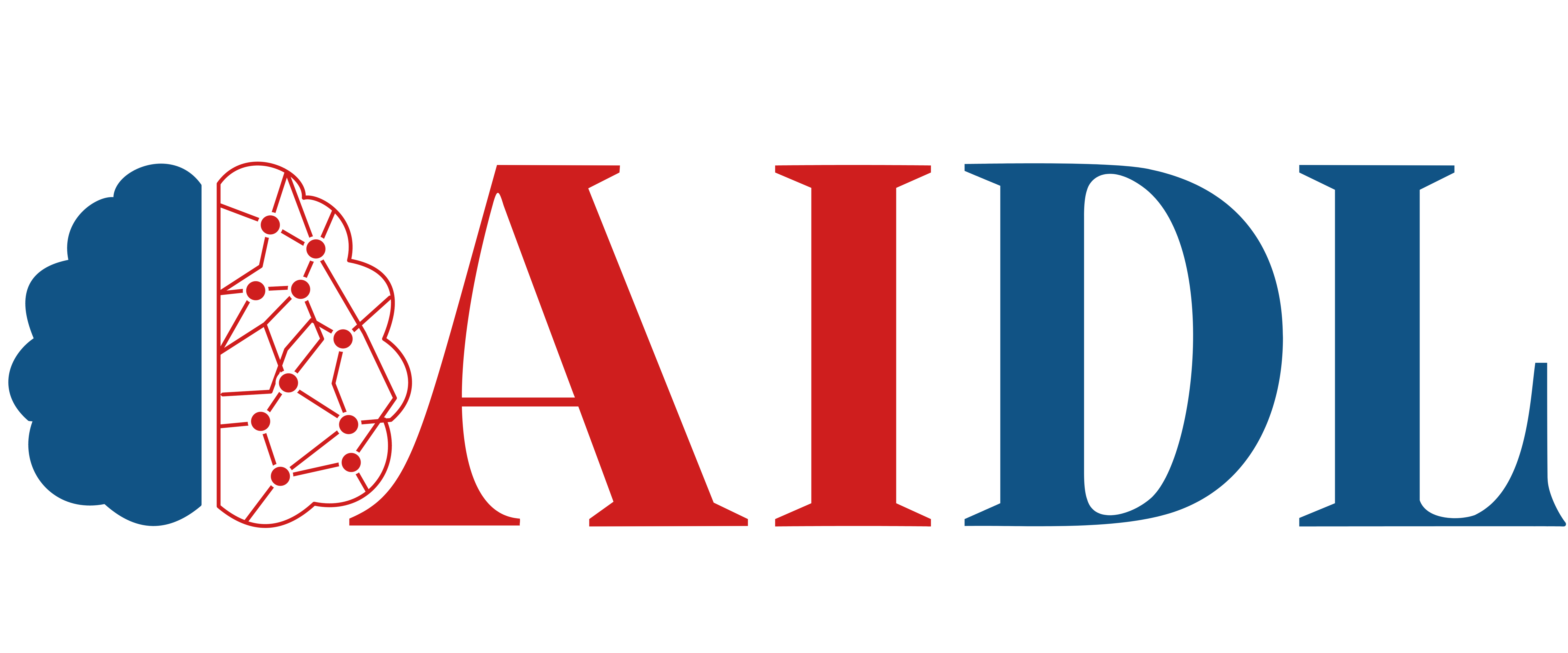
Signal Processing, Pattern Recognition and Machine Learning
AIDL_B_AS01
The field of (digital) signal processing has a long impact of more than half a century in theoretical foundation and technological progress. Important technological developments in modern telecommunications, multimedia and voice processing, medical imaging and computational vision are completely aligned with the development of novel signal processing algorithms. Pattern recognition is an important field of digital signal and image processing serving the purposes of recognition and classification of sound, speech, music, images, handwritings, signatures, landscapes, etc. as well as decision making. However, the continuous increase of available information and data combined with the rapid upgrade of computing capabilities even at the average user level has underlined the potential of data-driven approaches and in particular of machine learning algorithms in orderto attain these goals. Using machine learning, diachronically difficult problems in pattern recognition, such as speech recognition or image classification which are content-based, can be solved faster and with greater accuracy as compared to conventional solutions. On the other hand, widespread signal processing techniques can be used as a first step in a machine learning algorithm in order to attain improved performance using a smaller amount of data at a lower computational cost.The main aim of this course is to introduce machine learning algorithms, to connect them with the classical methods of signal processing and pattern recognition and to highlight their usefulness in modern problems solving.
- Introduction
- Vector Spaces
- Discrete Fourier Transform, feature extraction, Cepstrum Coefficients
- Adaptive filtering, Least Mean Squares (LMS)
- Multirate Signal Processing – Time-Frequency and Time-Scale Representations – Wavelets
- Supervised Learning
- Bayes Classifier, nearest neighbor classification
- Naïve Bayes, Linear Discriminant Analysis (LDA)
- Perceptron classifier
- Maximum margin hyper planes, kernels, Support Vector Machines (SVM)
- Unsupervised Learning
- Feature selection, dimensionality reduction, Principal Component Analysis (PCA), manifolds
- Latent variables, sparse signals, non-negative matrix factorization, dictionary learning
- Clustering, k-means, Gaussian Mixture Models (GMM)
This course is using project-based assessment. Students are asked to complete an individual project on the following (indicative) topics, and their grade (100%) is based on the level of completeness, algorithm performance and documentation of the solution:
- Signal/image classification
- Dimensionality reduction of data
- Adaptive filtering vs machine learning for prediction
- Apply signal processing principles to tackle intricate technological challenges in real-world applications like telecommunications, multimedia, and medical imaging.
- Leverage pattern recognition techniques to identify and categorize diverse data types, encompassing sound, speech, music, images, handwriting, and more, while also employing this recognition for informed decision-making.
- Apply data-driven approaches, specifically machine learning algorithms, to address complex problems in pattern recognition, yielding faster and more precise outcomes when contrasted with conventional methods.
- Combine signal processing techniques with machine learning algorithms to optimize performance, resulting in enhanced problem-solving capabilities while reducing data needs and computational expenses.
- Assess the computational solutions offered by machine learning algorithms in the context of pattern recognition, recognizing their capacity to improve both efficiency and accuracy.
- Utilize the acquired knowledge to tackle contemporary problem-solving situations, emphasizing the applicability of machine learning algorithms alongside traditional signal processing and pattern recognition techniques.
Course Features
Course type: Minor
Semester: 2nd
ECTS: 6
Duration: 13 weeks
Courses: Instructor-led + online
Language: English
Assessment: Project based
Instructors
